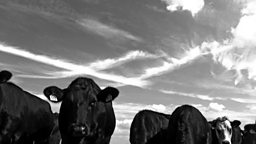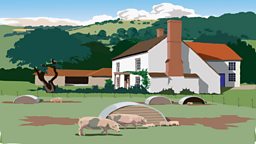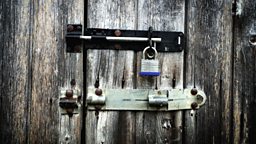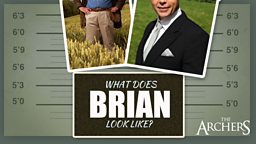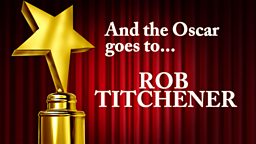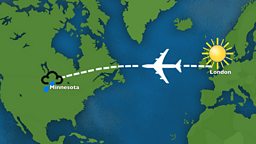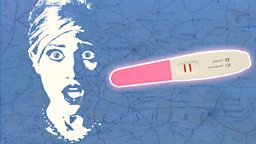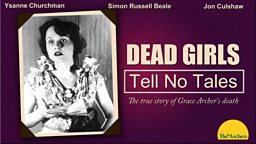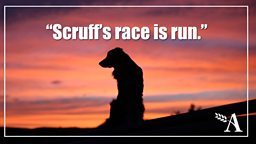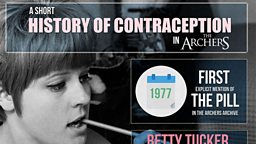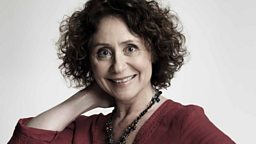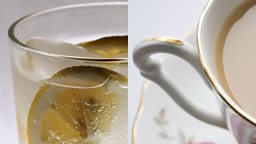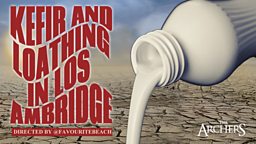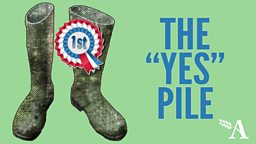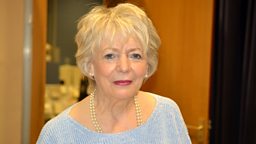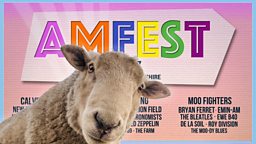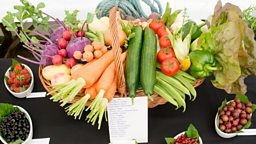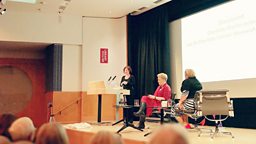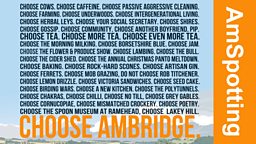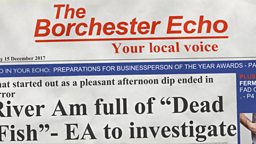Brexit-proofing Brookfield

With the trading relationship between the UK and EU fundamentally changed by Brexit, The Archers Agricultural Storyline Advisor, Sarah Swadling, explains why Brookfield is looking to expand its dairy operation.
It might seem that the answer to almost any question at Brookfield is ‘cows’. Different cows, or more of them. At the end of 2020, Ruth’s plan to make Brookfield ready for the post-Brexit world is to increase the size of the dairy herd to 350 cows – they’re milking around 250 at the moment. Brookfield also has a herd of Hereford beef cattle, the sheep flock, and arable crops. These will be streamlined, and David has already reduced sheep numbers to reduce the farm’s exposure to EU exports. Smaller and better for the sheep, bigger and better for the dairy herd – that’s the idea, anyway.
Brookfield's biggest earner
Archers listeners have asked a really good question on , along the lines of ‘but isn’t dairy a licence to lose money?’ Dairy farming only hits the headlines when there is a crisis. Whilst it’s true that there have been plenty of these, crisis is not the only story. The prices that farmers get for milk are now very volatile, because they’re linked to global dairy commodity markets as well as domestic factors. There are ups as well as downs, although dairy farmers would say that processors appear to pass on the downs faster than the ups. So, dairy farms, like Brookfield, which have managed to survive all the crises so far are resilient businesses. As one industry expert put it to me: ‘if you’re still in dairy now you’re either very good at it, or very determined to be a dairy farmer’.
In recent years the focus at Brookfield has shifted towards dairy becoming the central enterprise. Investing in a new parlour, in 2018, was a major commitment to staying in milk production so it makes sense to build on that investment. Dairy would also be Brookfield’s biggest agricultural earner. Even though the average dairy farm income fell by 38% in 2018/19 to £73,700, according to DEFRA figures, dairy was the most profitable livestock sector apart from poultry.
If you’re still in dairy now you’re either very good at it, or very determined to be a dairy farmer.Industry expert
The challenges will still be huge for Brookfield because just over a third of an average dairy farm’s income comes from the Basic Payment subsidy, which will begin to be phased out next year. Is Brookfield average, though? The performance gap between the top 25% of dairy farms and the bottom 25% equates to roughly £100,000 a year. What the top 25% have in common, according to the Agriculture and Horticulture Development Board, is keeping feed costs down, having healthy cows which means fewer need to be replaced each year, lower power and machinery costs, and unpaid labour (don’t tell Josh). If Brookfield isn’t in the top 25%, it needs to get there.
Grass, glorious grass
The lowest cost way of producing milk is from cows grazing grass. This is the advantage of Brookfield’s spring calving herd – the cows calve and are milking at the time of year when grass growth is at its peak. But when grass fuels the whole machine, the cows have to hit each grazing paddock at the right moment for optimum nutrition, and therefore optimum milk yield. And grazing grass at the right stage also ensures it grows back better, to fuel the cows again and again. Ruth and Pip have admitted to each other they aren’t doing as well at this as they should.
Putting more of the farm over to grass and dedicated to dairy herd grazing should make it easier to keep the herd at the top of its game. Plus, of course, there will be all those extra dairy cow mouths to feed on Brookfield’s 450ish acres. Giving Josh his own fiefdom at Hollowtree, for his free range hens, means one less thing to fit into the grazing rotation at Brookfield. Poor Rex, the collateral damage in Brookfield Brexit planning.
